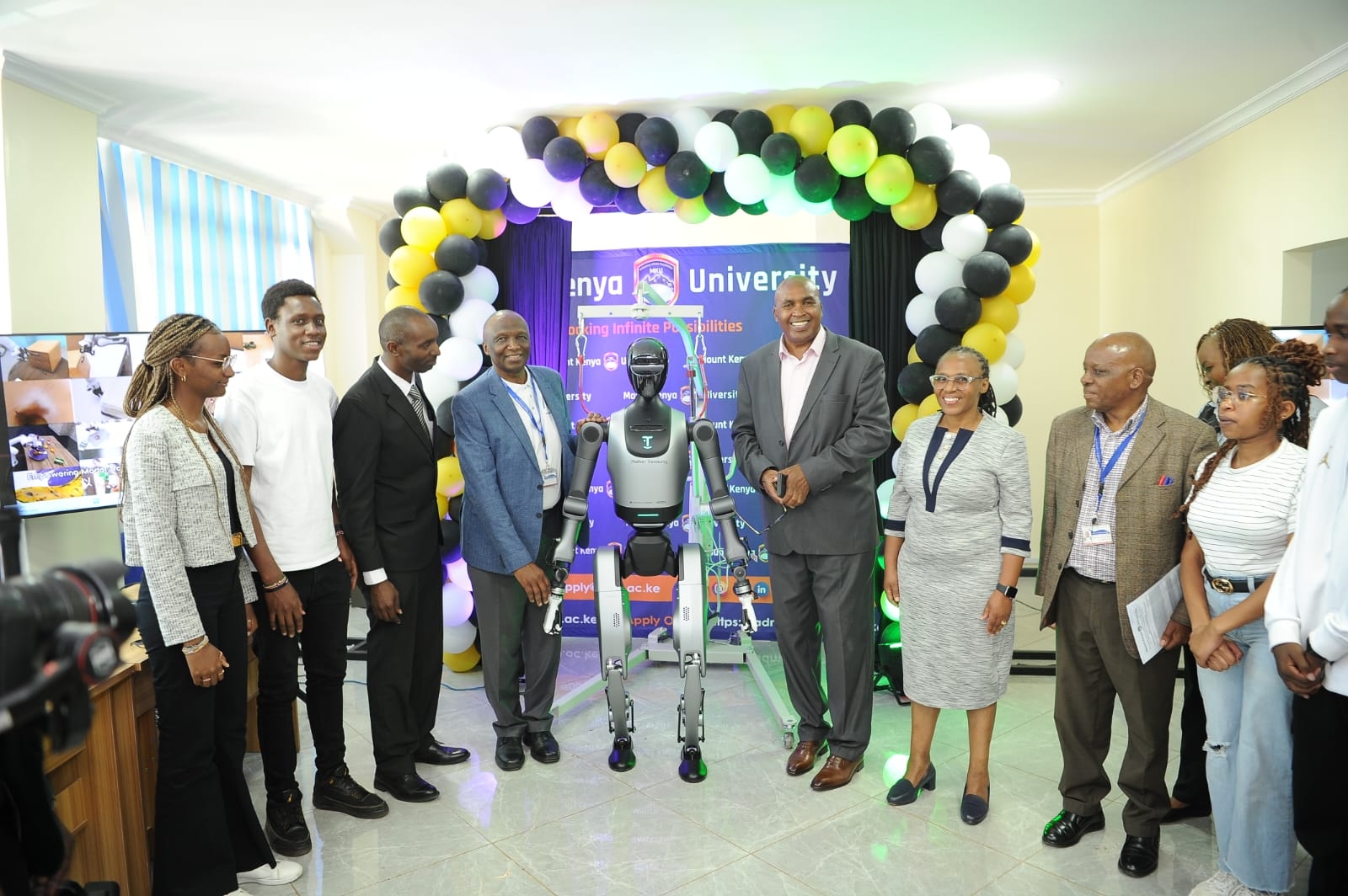Some Gazi residents in Kwale county are pushing for the recognition of an abandoned house in the area as a national heritage by the National Museum of Kenya.
The house is believed to have been built by an Arab trader Mbaruk Rashid Shee Mbaruk Sayeed from Zanzibar in 1850.
Mbaruk was also known as Liwali Kamshuu meaning Sultan.
In some of the corners of the house, the slave trader is said to have buried some locals who had defied his orders or committed serious offences.
The crimes included theft, cohabitation, or infidelity.
The floor of the house, according to locals, was constructed from a mixture of limestone and teeth from slaves and convicts that have been killed.
The facility acted as a fort, prison, court and later an administration office. Some of the prisoners were temporarily held at the facility before being transported to Kwale main prison in Matuga.
Petty crime prisoners were either pardoned or sold as slaves, according to the locals.
The prisoners used to feed on chicha (flesh of a grated coconut after the oil has been pressed out of it).
Gazi village chairman Iddi Bomani said the building was even used as a court after Kenya got independence in 1963.
"After independence, people used the building for some years before it was abandoned," he said.
It was later transformed into Gazi primary and abandoned again and became home to animals like snakes and bats.
Bomani said the ancient structure contains a rich history that is conducive to tourism activities.
He said once the building is gazetted and declared a national heritage, it will attract more tourists across the world.
"We are sleeping on a treasure, this is something to be conserved for tourism activities. Many people would want to learn this history," he said.
The chairman said the building will assist in diversifying tourism and go beyond the Diani white sandy beaches and national park tours.
Bomani said the facility will play a huge role in transforming the sleepy small Gazi town and provide employment opportunities to the locals.
He said it will supplement the Gazi Women Boardwalk project and fast-track development.
He said they have tried to conserve the place's history by passing it to the young generation by word of mouth.
Bomani said the method is not effective as the story gets distorted, adding that it would be good if the history is well documented and preserved for the future generation.
At the moment, the facility is being used by some Gazi women who take local tourists around before taking them to the Mangrove boardwalk.
However, Bomani said some researchers came and refuted claims that the floor of the building was constructed from human teeth.
He said no bones have yet been discovered since the building has stood strong for years.
Hamadi Fadhili said the building’s fortunes can uplift Gazi town if taken care of. He said each day, valuable items are getting lost because the place is not protected.
"Very many researchers visit this area. What they take with them we don't know, but I believe they are valuable things," he said.
He said the unique doors, windows and some of the items were stolen from the building raising concern that more is yet to be lost if not safeguarded.
Fadhili said the government should gazette the area and develop it for tourism and socioeconomic activities.
He said the building has a lot of history that is not known to the villagers and if more research is done, some hidden truth might come out which will be good for tourism.
Mwatime Hamadi learned the history from her parents who received it from their great-grandparents.
She said some pregnant women were also buried alive. They were sentenced to death after being accused of adultery and getting pregnant out of or before marriage.
Hamadi said the building’s fortunes will have ripple benefits to the villagers, county and national government if declared a national heritage.
She said the move will also prevent it from land grabbers. Msambweni is among the many areas in Kwale county affected by land disputes.
Hamadi said the women in the area have taken the initiative of taking care of the building but lack enough resources.
She said some parts of the ancient house require renovation to avoid it from collapsing but they don't have money.
"What we can do is clear the bush and protect the property. We can't develop it due to lack of financial support," he said.
Hamadi said she feels bad that the building has been neglected, yet its immense wealth lies undiscovered and unexploited.
According to her, a shrine was constructed adjacent to the ancient building. The shrine was discovered by a local during the Mbaruk's reign.
Hamadi, who is also the caretaker of the building, said people have been visiting the shrine (panga) for prayers and help.
This particular shrine does not want blood sacrifice or ill motives. People only go with Rose water or burn incense, she said.
According to Hamadi, anyone going to the shrine with evil intentions will definitely die or fall sick.
National Museum of Kenya Kwale officer Ali Mwarora said processes are underway to have the building properly recognised and conserved.
“For now, I can’t say much but we are working to see what we can do to have such places considered,” he said.
He was unable to clarify if the story of the building is true or not adding that he will seek more information from his superiors.
-Edited by SKanyara














![[PHOTOS] Ole Ntutu’s son weds in stylish red-themed wedding](/_next/image?url=https%3A%2F%2Fcdn.radioafrica.digital%2Fimage%2F2025%2F11%2Ff0a5154e-67fd-4594-9d5d-6196bf96ed79.jpeg&w=3840&q=100)

